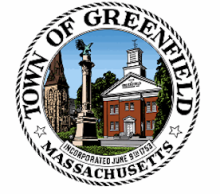Lakeland Considering Its Next Step In Florida
In August 2013, we reported on Lakeland, Florida’s dark fiber network that serves local schools, government facilities, and local businesses. Over the past year or so, community leaders have discussed whether or not to expand the use of Lakeland’s fiber resources.
A 2015 feasibility study suggested several other ways to use Lakeland’s existing 330 miles of fiber infrastructure to enhance connectivity for economic development and residential access. As the city examines its finances and its future in the coming months, city leaders are considering six avenues to meet the community’s needs. The options, some recommended by consultants, vary in type and investment and the City Commission will begin discussing the possibilities as they meet in the upcoming months.
Leaders Consider The Next Move
Lakeland is examining public policies that will encourage better connectivity, such as dig-once, permitting changes, and right-of-way regulations. With smart policies in place, Lakeland can lay the groundwork so they can build off progress made today.
In 2013, Polk Vision, a group of organizations, businesses, government, and individuals, along with the Central Florida Regional Planning Council developed the Polk County Broadband Plan. Another option is using the Plan as a guidepost and aligning Lakeland’s plan to support the goals set in the Polk County Plan. Connecting the schools to a larger network would be part of that plan.
Lakeland, like many other communities wants to give providers operating in the community today the opportunity to work with them to improve services. Another option the city will pursue is reaching out to providers in Lakeland and engaging in discussions to upgrade or expand services to better meet the needs of the community. (We haven't seen much success when communities pursue large incumbents, but smaller local providers are sometimes more willing to work with communities.)



